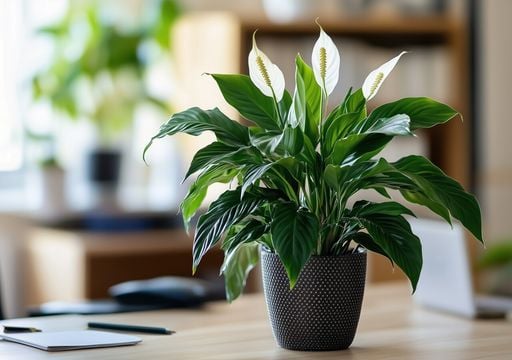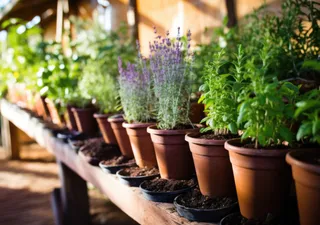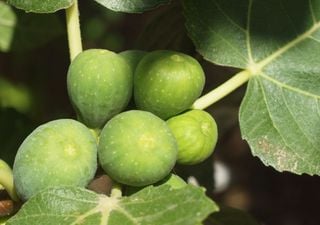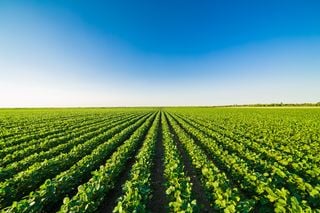My plants have the leaves burned by excess fertilizer: what do I have to do?
If your plants show burnt leaves due to excessive fertilization, do not let them deteriorate. I followed these steps to recover them, because in gardening the first step to solve a problem is observation.
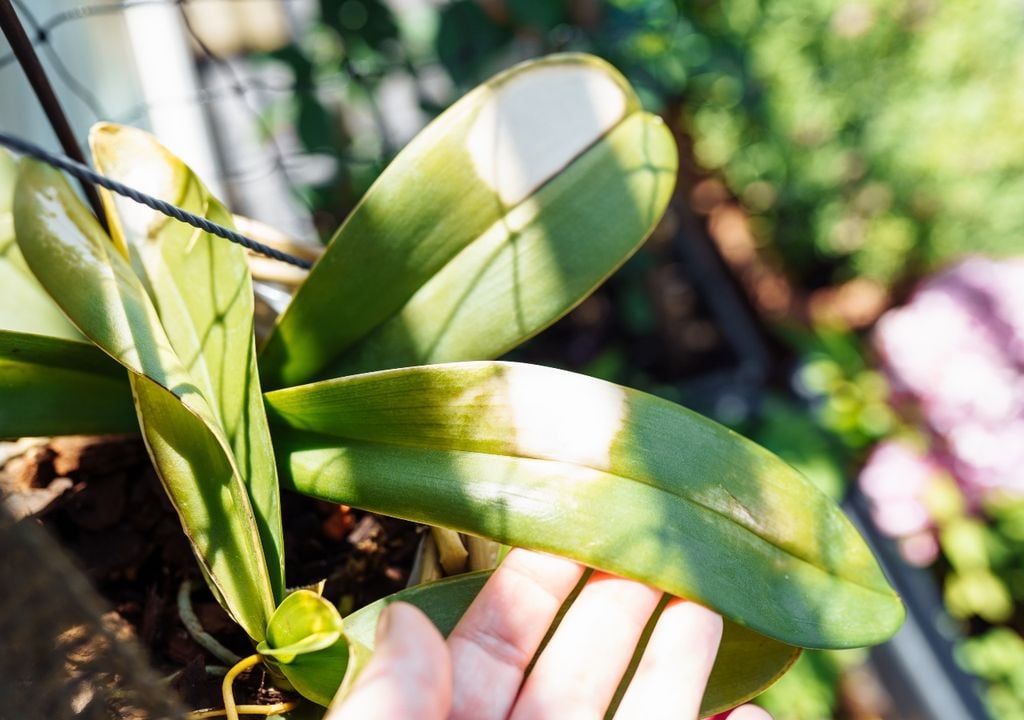
Leaves burned by excess fertilizer become a common problem for those who try to nourish their plants at home, but sometimes without knowing the necessary precautions. Although fertilizer is essential for vigorous growth, excessive use can seriously affect the health of the plant.
Fertilizer provides the nutrients that plants need to develop, but excess fertilization results in the accumulation of salts and nutrients that saturate the soil. When this happens, the roots suffer damage due to the excess of salts, which hinders the absorption of water, causing dehydration and stress in the plant.
This nutritional imbalance can also prevent the absorption of other essential nutrients, affecting the plant as a whole. Some effects caused by excess fertilizer on the soil and plants are the accumulation of salts, nutrient imbalance or damage to the roots.
Leaves burned by excess fertilizer: how to identify them
It is common for excess fertilizer to manifest its effects on the foliage of plants. The tips and edges of the leaves tend to turn brown or yellow, and the younger leaves are usually the first to show symptoms.
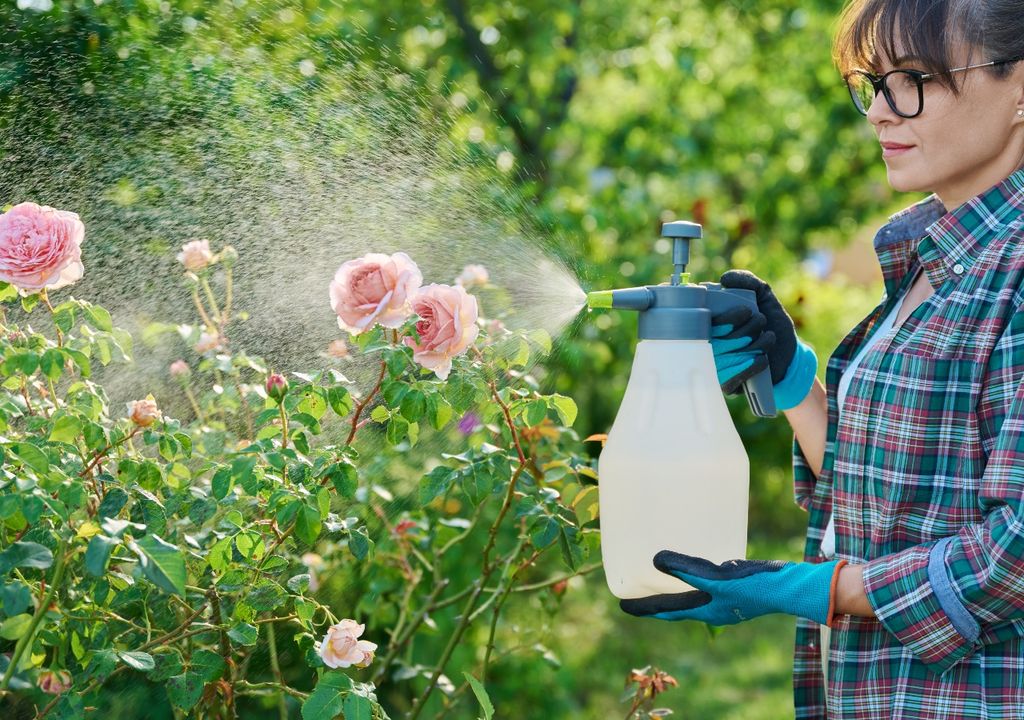
In the most serious cases, the leaves are dried, curled or fall off prematurely. In addition, a plant that has been superfed with fertilizer tends to show weak growth or even stop its development.
What to do if you overdid it with the subscription
If you notice that the leaves of your plants are burned due to overfertilization, it is important to act without delay. Here we explain the steps you can follow to reverse the damage:
- Suspend fertilization immediately: stopping fertilizing will allow the plant to recover and prevent the problem from getting worse.
- Water abundantly: apply a deep watering that helps to dilute and wash the salts accumulated in the soil, moving them away from the roots. The key is to water abundantly but without accumulating water.
- Perform a selective pruning: cut the most damaged leaves, as they can become a source of infections or attract insects. Make clean cuts to avoid causing more wounds that could facilitate the entry of pathogens into the plant.
- Consider a transplant: If the excess fertilizer has caused serious damage, consider transplanting the plant into a pot with new substrate. Clean the pot well before reusing it to remove any salt residue that may remain on the surface.
When to do a root wash
Root washing is a recommended technique when excess fertilizer is extreme. This process consists of watering the plant with an amount of water that is equivalent to three times the volume of the pot to dilute and drag the nutrients accumulated in the substrate.
Although effective, root washing can stress the plant, especially if it is already weakened: for reference, if the pot is 20 liters, apply about 60 liters of water. This technique may require time and patience, but it is effective in cases of severe overfertilization.
5 keys to avoid overfertilization
It is important to take measures to avoid overfertilization and, instead, gradually and adequately nourish your plants. Here are some practical recommendations:
- Analyze the soil before applying fertilizer: this is the only way to know what nutrients the plant needs and apply only those it really needs.
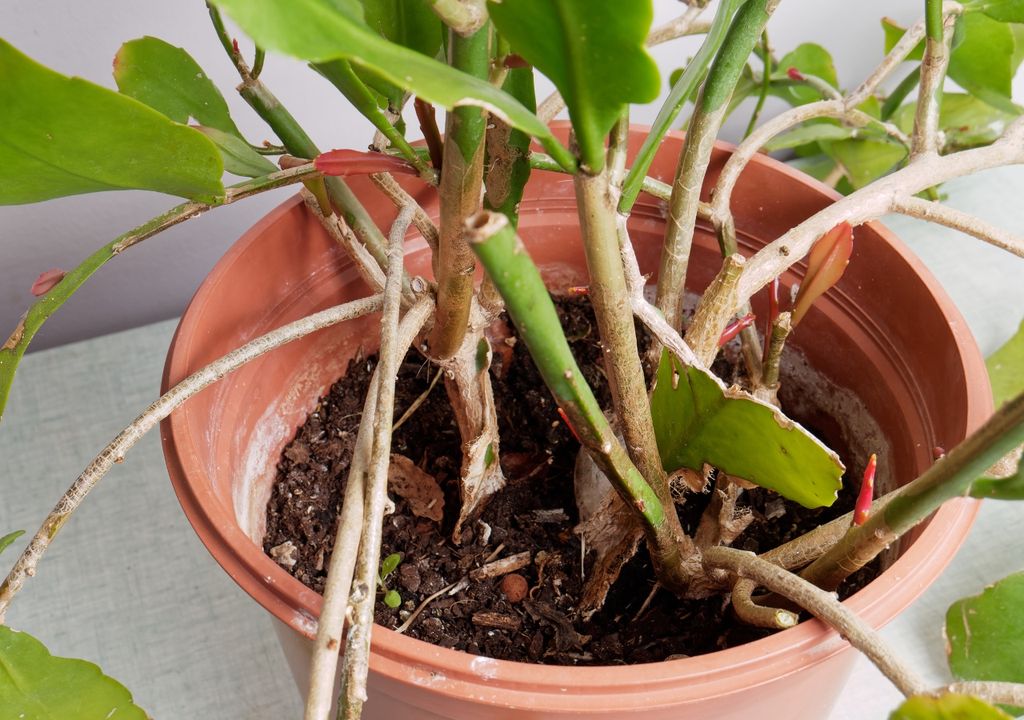
- Choose slow-release fertilizers or organic products: these products are the ones that reduce the risk of salt accumulation and prevent damage to the roots.
- Drying before fertilizing: by moistening the soil before applying the fertilizer, the risk of the roots coming into direct contact with high concentrations of salts is reduced.
- Apply the fertilizer evenly: avoid concentrating the fertilizer in a single point to reduce the risk of accumulation. It is advisable to avoid fertilization on windy days, since the product can disperse and affect other areas of the plant or your garden.
- Monitor plant growth: constantly observe the appearance of the leaves, roots and general development of the plant to detect any signs of overfertilization in time.
The importance of patience and constant monitoring
Once these measures have been applied, it is essential to give the plant time to recover and continue with its normal growth. Constant monitoring helps to notice any changes in the leaves and stems, and allows you to adjust the watering and fertilization based on the response of the plant.

Taking care of plants and avoiding overfertilization errors is a continuous learning process, in which observation and patience are the best allies.Over time, it will be easier to recognize the specific needs of each plant and adjust the amount and frequency of nutrients, ensuring optimal and prolonged growth in the garden.

